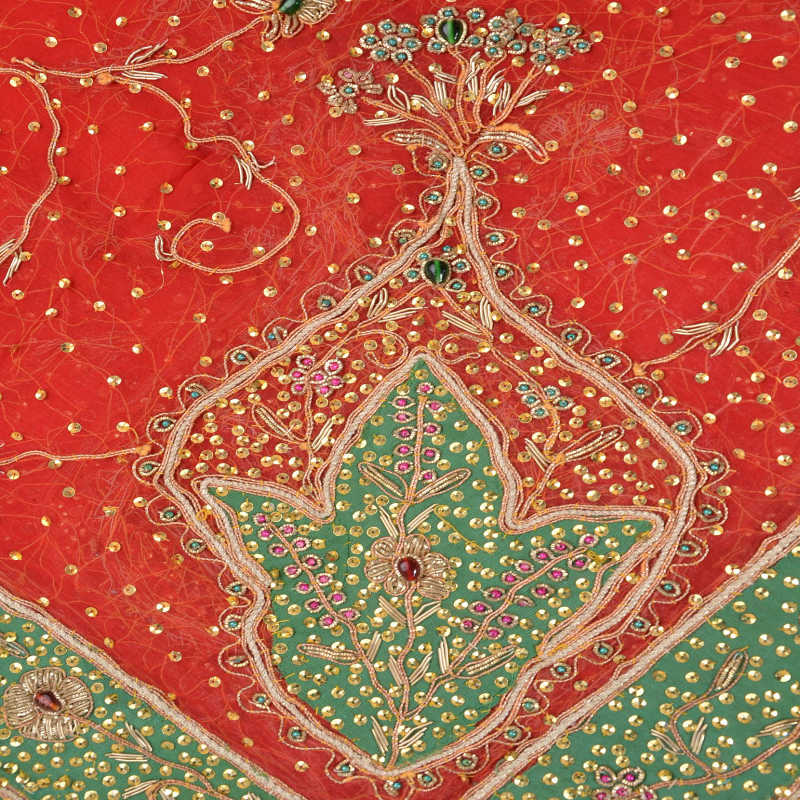===
0602,
6
===

=== |
 |
chashm-e kam se dekh mat qumrī to us ḳhvush-qad ko ṭuk
āh bhī sarv-e gulistān-e shikast-e rang hai
1) don't look with a belittling eye, oh Ring-dove, on that beautiful-statured one, {please / a bit}
2) even/also the sigh is a cypress of the garden of the breaking/defeat of color/style/pleasure
qumrī : ' 'of a dully or dusky white colour,' ... A turtle-dove; a ring-dove'. (Platts p.795)
shikast : 'Breaking, breakage, fracture; a breach; defeat, rout; deficiency, loss, damage; —adj. (contrac. of shikastah ), Broken; odd, uneven, unpaired'. (Platts p.730)
rang : 'Colour, colouring matter, pigment, paint, dye; colour, tint, hue, complexion; beauty, bloom; expression, countenance, appearance, aspect; fashion, style; character, ... ; sport, entertainment, amusement, merriment, pleasure, enjoyment'. (Platts p.601)
FWP:
SETS
MOTIFS
NAMES
TERMS == CONNECTION; PROOF; 'THOUGHT-BINDING'Ring-doves are conspicuously bland-looking birds (see the definition above); they are often of an ashy-greyish color with brownish details; they produce drab, repetitive, 'monotonous cooing songs'. Thus they might well be said to represent the shikast-e rang -- they lack 'color' and 'style' and 'merriment'. The sigh too suffers from this lack, since it has no color or style, and definitely no merriment. Of course this kind of play with rang is secondary, since the primary imagery, as SRF explains, is based on stature; but still, why not notice and enjoy everything that's there?
In {582,5} (cited above), the relevance of the 'field of saffron' completely eluded me. So I asked SRF, of course. He replied (May 2017),
One is supposed to burst out in spontaneous laughter at the sight of a field of saffron (flowers). It is supposed to be extremely exhilarating. The lover is a field of saffron because people laugh at him and jeer at him all the time.
Note for translation fans: This verse also shows how sometimes SRF thinks in English. The terms 'general matrix' [ʿumūmī jāl] and 'interlocking system' [bā-ham-digar paivast niz̤ām] are among the cases in which he supplies not only the Urdu but also his own English counterpart phrase. In the course of SSA there are a fair number of cases like this (such as his supplying 'correspondence' for mut̤ābaqat ). Usually I just use his preferred translation and move on. But the two cases of 'general matrix' and 'interlocking system' seem so clearly to have originated in English and then been translated into Urdu, that I am just mentioning them for general interest. Should they be considered 'loan translations' or 'calques'? Or, since the English and the Urdu are presented together as equivalents, is it merely a case of apposition? Never mind, after a while these possibilities become Byzantine, and there are more fruitful things to do with one's time.